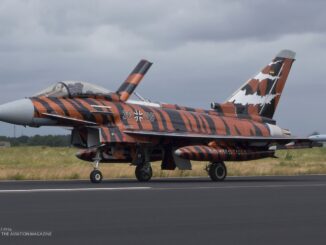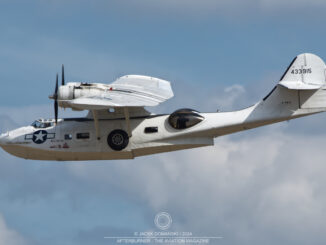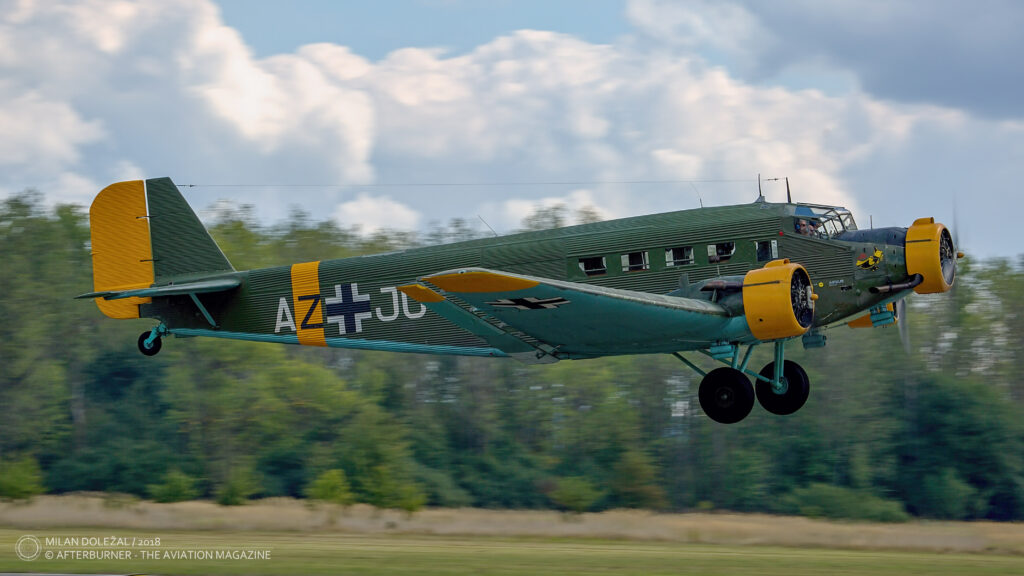 On 3rd February 1859, a well-known German aviation engineer and aircraft pioneer, Heinrich Hugo Junkers, was born in Rheydt, a borough of Mönchengladbach city.
On 3rd February 1859, a well-known German aviation engineer and aircraft pioneer, Heinrich Hugo Junkers, was born in Rheydt, a borough of Mönchengladbach city.
Hugo was the third of seven children of Heinrich and Louise Junkers. His father was an owner of cotton weaving mill, a business that secured the family a financial independence. As a result, Hugo and his siblings were given a good education and head start in life.
Hugo Junkers completed his high school in 1875, three years later graduated from an industrial school and then studied mechanical engineering at Königlichen Gewerbeschule (Royal Industrial School) in Berlin. In 1881, Junkers switched his alma mater to Technical University in Aachen, successfully graduating there in 1883.
Nevertheless, it was not the final step of his education. During the next few years, Hugo Junkers worked at several industrial companies in the Aachen region, gaining professional experience. Then, the young engineer joined Technical University of Charlottenburg where he attended lectures in electrodynamics and thermodynamics, as well as carried experiments in the university laboratory.
In 1888, Hugo Junkers moved to Dessau and started to work for Deutschen Continental Gasgesellschaft – a company that, inter alia, produced electricity and developed new gas and electric engines. There, Junkers – together with Wilhelm von Oechelhäuser Jr. – built his first two-stroke gas engines and developed a calorimeter.
In October of 1892, Hugo Junkers rented a workshop from the aforementioned gas company and started his first independent enterprise – simply named Hugo Junkers, Civil-Ingenieur. Next year, he exhibited his calorimeter at the World´s Fair in Chicago and was awarded a gold medal. Shortly after, Junkers invented and patented his own concept of a gas stove.
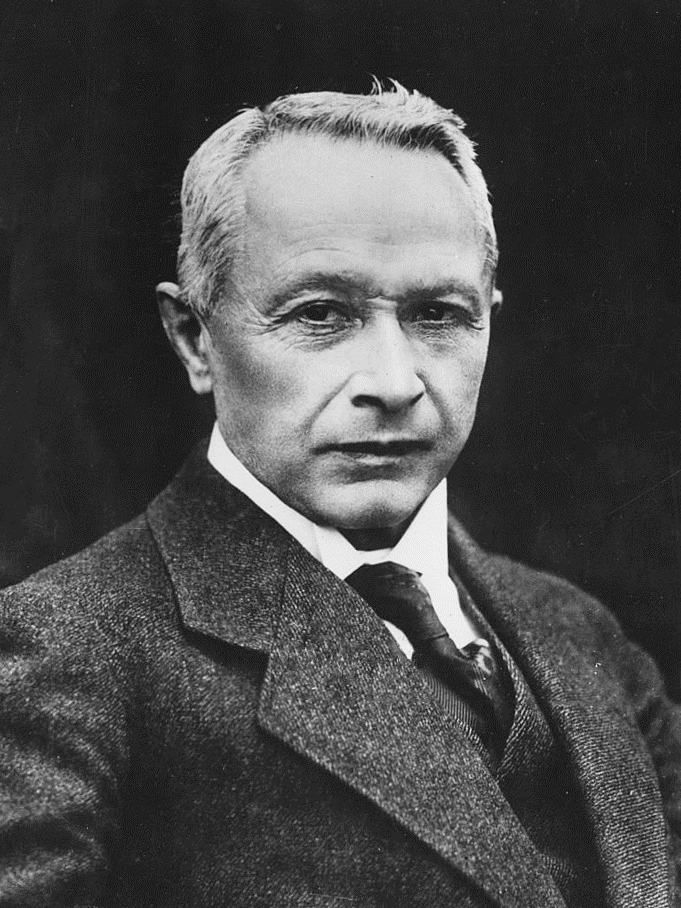
On 2nd July 1895, Junkers made another step in his business activity and founded Junkers & Co. company, with financial support by Robert Ludwig as the investor. The company was developing and manufacturing calorimeters, gas stoves and fan heaters, as well as heating and water-heating solutions for houses. That business ran so well that Junkers managed to pay off Ludwig´s investment in just two years.
Moreover, after taking over the professorship at the faculty of thermodynamics in Aachen, Junkers founded Versuchsanstalt Professor Junkers research institute in Aachen, being financed from his company income. The institute was promoting his academic works and new developments, including construction of gas and oil engines. In the following years, Junkers established a few more companies in the mechanical engineering sector and patented dozens of his developments and inventions.
In 1908, inspired by German aviation pioneer and aeronautical engineer Hans Reissner, Hugo Junkers began to work on aerodynamics and aircraft construction issues. Yet in 1910, the German tycoon of mechanical engineering successfully patented his first aviation development – cantilever, unbraced wing of a thick profile. And when Reissner began with building his own aeroplane – later known as Reissner Canard – it was exactly Junkers who developed corrugated iron wings for that aircraft and made them at his factory in Dessau. The Reissner Canard made its first flight on 23rd May 1912.
In a short time, Hugo Junkers became a well-known aviation visionary and created several interesting concepts of all-metal aircraft and flying wings. Regrettably, his developments were halted by outbreak of the Great War. The talented engineer was not only forced by German authorities to focus on military aircraft development but also to merge his aviation-focused company with Fokker Flugzeugwerke mbH into Junkers-Fokker-Werke AG.
On 12th December 1915, the first aircraft designed and developed by Hugo Junkers performed its maiden flight. It was, unsurprisingly, the first all-metal aeroplane ever made. Although the aircraft was officially designated Junkers J 1, it was commonly known as Blechesel (English: sheet-metal donkey). One year later, the first all-metal fighter aircraft in the world – Junkers J 2 – was introduced by the company.
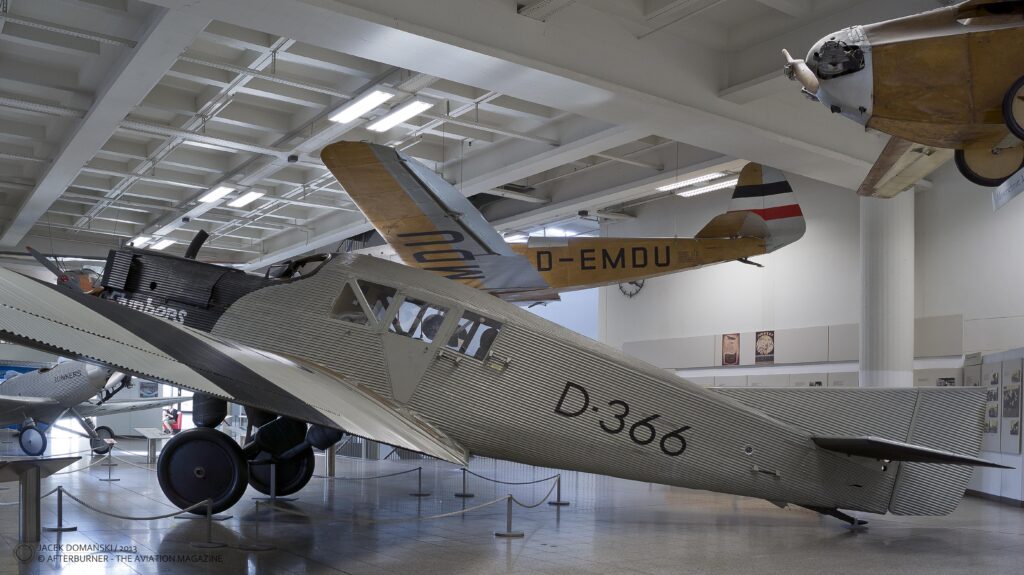
After the war, Junkers separated from Fokker and established his own aviation company, Junkers Flugzeugwerk AG. He successfully continued his developments and designed the world´s first all-metal passenger aeroplane (Junkers F 13, with maiden flight on 25th June 1919) and then the first all-metal sports aircraft in the world (Junkers EF 13, later known as A 50, with maiden flight on 13th February 1929). Detailed history of their development and operational service can be found under the above-highlighted links.
In 1921, Hugo Junkers opened his own airline, Junkers Luftverkehr AG. The company was providing aviation services until 1926, when it was forced to merge with Deutsche Aero Lloyd and then became a part of Deutsche Luft Hansa AG.
The reason behind the abovementioned merge was both political and economic. In 1925, Junkers´ companies suffered from a dramatic financial crisis. It was caused by fail of an aviation enterprise Hugo Junkers established in Russia, following recommendation of the highest German authorities. However, soon after the political situation changed and the Russian venture failed.
However, the issue was that the Russian company was fully financed from bank loans. Having no possibility to pay the banks off, Junkers was forced to sell sixty-six percent of shares in Junkers Flugzeugwerk AG to the German state.
Fortunately, it was a relatively short crisis and within a few years, the talented entrepreneur managed to regain control of that company.
On 6th November 1929, the first four-engine aircraft designed by Junkers performed its maiden flight. The aeroplane, designated G.38, was powered by four Junkers-made diesel engines (two six-cylinder and two twelve-cylinder ones) and had maximum take-off weight of 21,240 kg. At the time of its maiden flight, the Junkers G.38 was the biggest landplane in the world.
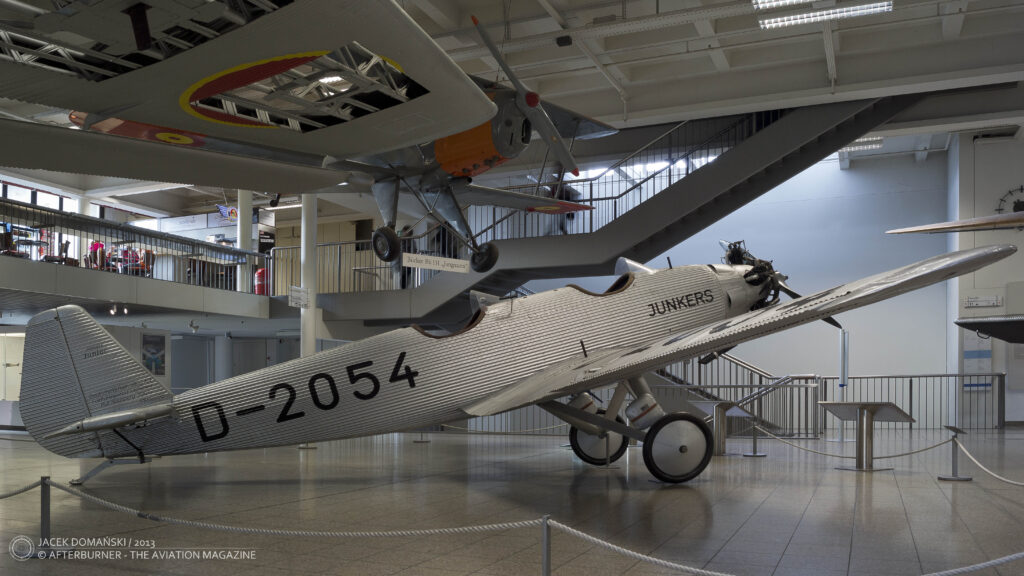
Despite its advantages, the G.38 was made in only two examples. Both were operationally used by Deutsche Luft Hansa AG until the late 1930s. Eventually, the first of them crashed in 1936 and was damaged beyond repair, the second one was destroyed during the RAF air raid in 1941.
Nevertheless, the G.38 – more precisely, a study of its military variant, designated K.51 – had aroused interest in Japan. In 1932, a license for manufacturing the K.51 in Japan was sold and later that year the first aeroplane built at Mitsubishi factory performed its maiden flight. The Japan variant of that aircraft was designated Ki-20 and was built in only six examples. The Junkers-developed aeroplanes were at that time the largest ones operated by the Imperial Japanese Army Air Service and remained in service until the early 1940s.
On 7th March 1932, perhaps the most famous Junkers aircraft performed its maiden flight. A three-engine Junkers Ju 52/3m was developed from its initial, single-engine variant (Ju 52/1m, with maiden flight on 13th October 1930) and shortly after became an icon of German civil and military aviation of the late 1930s.
Nicknamed ´Tante Ju´ (English: Aunt Ju) or ´Iron Annie´, the trimotor Junkers transport aircraft remained in active service until the end of the World War II, and even beyond. The Ju 52 became one of the symbols of the Spanish Civil War, as well as many campaigns of the Second World War. Detailed history of Tante Ju development and its operational service can be found under the links highlighted above.
Regrettably for Hugo Junkers, and despite the success of the Ju 52/3m, in 1932 the economic situation of his holding became critical again. Several ambitious but cost consuming developments and worldwide economic crisis forced Junkers to sell most of his companies. Even Junkers & Co. – the initial base of the consortium – and all patents owned by that company were sold to Robert Bosch A.G. Finally, Hugo Junkers managed to keep only Junkers Flugzeugbau AG and Junkers Motorenbau AG in his possession.

Nevertheless, the situation had been maintained for only a few months. Assumption of state power by the Nazis meant the near end of all Junkers business activities. Only three days after Hitler took over the control of the country, the entrepreneur was requested to transfer all his remaining patent rights and both companies to the German state.
After his refusal, Hugo Junkers was accused of being a spy and set under home arrest. Both of his companies became a target of criminal investigation, as well as state-organized repression and discrimination. In December of 1933, Junkers was eventually forced to assign the patents, as well as fifty-one percent of shares in his companies, to the German state. In addition, he was dismissed from the position of chairman of the supervisory board.
However, it still was not the end of that story. Hermann Göring and Erhard Milch – the highest German aviation authorities at that time – wanted to take over the remaining forty-nine percent of shares and repression against Junkers remained in force. He was still under home arrest, not allowed to leave his house nor being visited by other people. Despite that, Hugo Junkers was trying to fight against the Nazi repression but his health rapidly worsened.
On 3rd February 1935, the day of his 76th birthday, Hugo Junkers died. His wife was then forced to sell the remaining shares in Junker´s companies for a fraction of their market value. After the war, Junkers´ son was trying to restore control of the company at the German court but failed.
The rumours were that personal conflict between Göring and Junkers was behind the case of acquisition of the Junkers companies. That conflict between those two men allegedly began already during the Great War, when Hermann Göring became – after the death of Manfred von Richtofen – a commander of the famous ´Flying Circus´ (Jagdgeschwader 1). At that time, it was common that the best German fighter aces participated in competitions for new aircraft, personally evaluating the proposed designs. And Hermann Göring was among the biggest detractors of all-metal aircraft developed by Junkers.

Additionally, when the war was over and Göring was trying to find an employment, he reportedly asked Junkers for any work possibilities but was rejected. Not surprising that when finally came to power and became both Reichsminister (without portfolio) and Reichskommissar of aviation, ´the Iron Man´ had to repay Junkers for everything.
Although it is impossible to say with absolute certainty how much true are the abovementioned rumours, it actually seems that Göring´s actions against Junkers may carry a mark of personal conflict.
After Junkers´ death, his company became one of the biggest German aviation and armament companies. Aircraft such as Junkers Ju 87 and Ju 88, together with their derivatives, became symbols of the Nazi aggression and German militarism. Nevertheless, despite still carrying ´Junkers´ name, these aeroplanes had nothing to do with the great aviation visionary, Hugo Junkers.
Hugo Junkers´ heritage endures until today. His revolutionary, all-metal aircraft inspired many other designers and Junkers´ influence can be found in aeroplanes such as Tupolev ANT-2, Ford Timotor or Brunelli CBY-3. His first aviation patent, mentioned above, became an inspiration for many aviation developers and created a construction basis for modern aeroplanes. Junkers aviation company, although no longer owned by the family, survived until 1969, when it merged with MBB.
We should also not forget about his development in a field of heating solutions. In many areas of the central and eastern Europe the word ´junkers´ is still a synonym for a gas stove.
In 1976, Hugo Junkers was included in the International Air and Space Hall of Fame at the San Diego Air and Space Museum. Since 2001, his legacy is presented in Technikmuseum Hugo Junkers established in Dessau. The high school in Rheydt that Junkers attended as a teenager, is now known as Hugo-Junkers-Gymnasium.
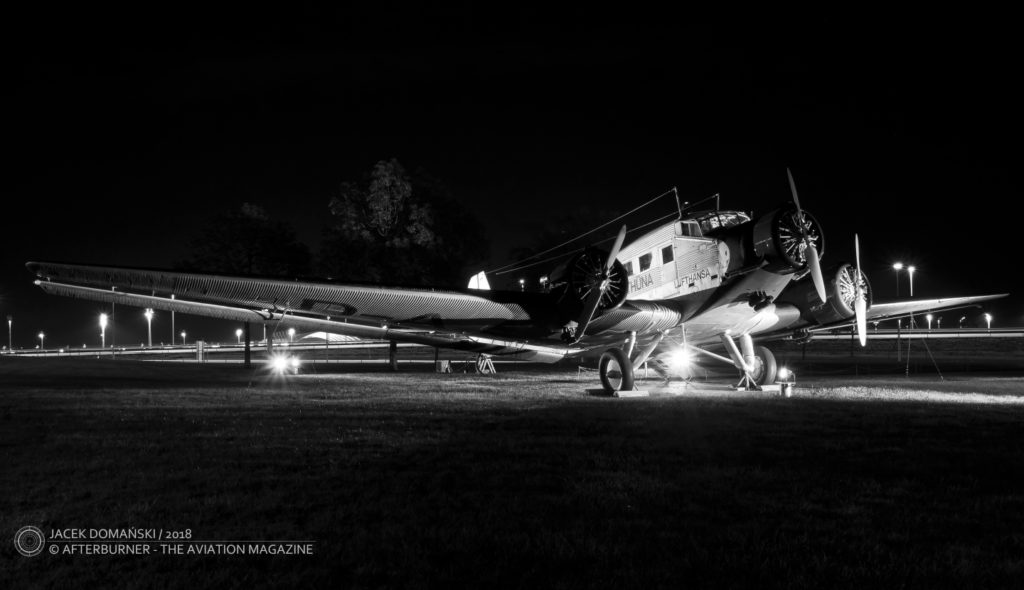
Follow us on Telegram and Twitter
Cover photo: Junkers Ju 52/3m (CASA 325L). Sources: Hugo Junkers and his Aircraft by Günter Schmitt, Transpress VEB Verlag für Verkehrswesen, Berlin 1988 / Hugo Junkers by Richard Blunck, Orbis, Praha 1942.

